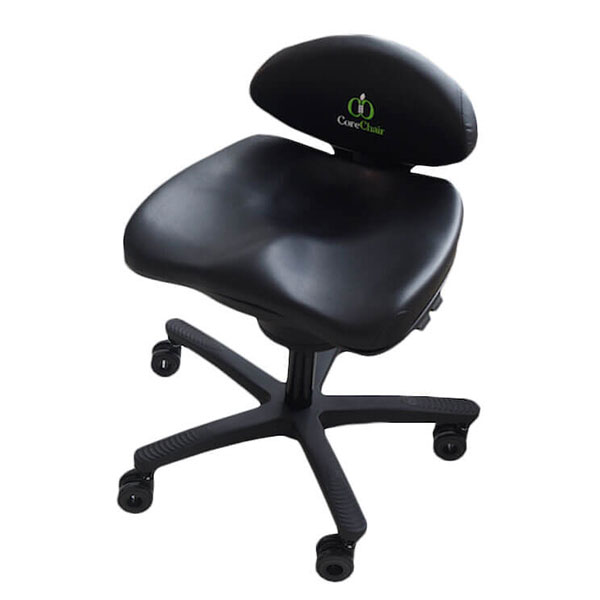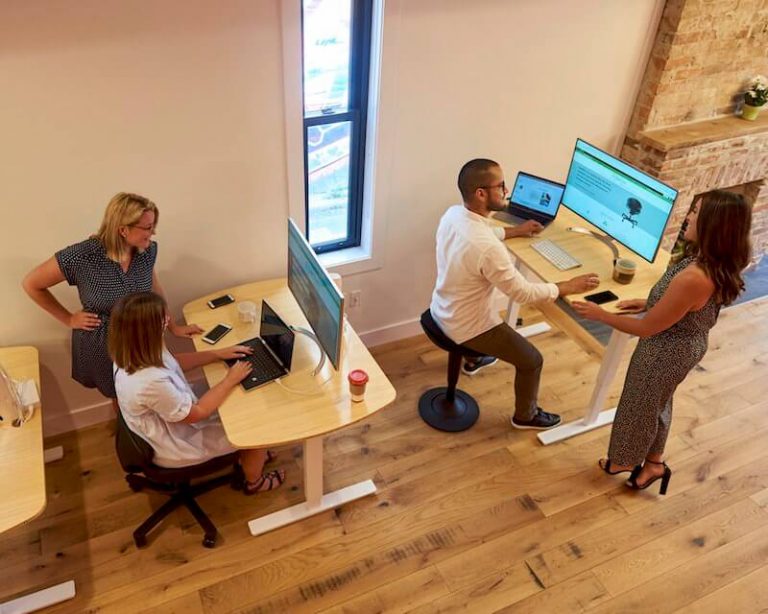If Sitting is the New Smoking, What Can You Do To Minimize The Risks?
If you are reading this article, chances are you are sitting.
Sitting on a chair, a couch, in a car, or on a bench somewhere.
The perils of sitting are well-known and have started to heighten and raise our awareness. Too much sitting is bad news for our health so here are a few steps to follow if you want to learn how to reverse the damage being done by the Sitting Disease and avoid it in the future.
What is Sitting Disease?
Sitting disease is a catchy phrase that describes a sedentary lifestyle that causes ill effects on the health and longevity of humans. Our awareness of the Sitting Disease has led to a vast array of research showing the correlations between sedentary lifestyles and negative health consequences including heart disease, diabetes, obesity, and even cancers.
Other symptoms of Sitting Disease include achy and sore muscles and joints. Common aches and pains include the areas around the neck, back, and legs.
You may have to work 8 hours a day or go to school and study for numerous hours at a time, so you have to sit, I know– but don’t worry, there are ways to help even if that is your lifestyle.
Sitting Disease By The Numbers
The following studies provide valuable information on the increasing concerns for sitting disease.
https://www.ncbi.nlm.nih.gov/pmc/articles/PMC3527832/– American Time Use Survey
https://academic.oup.com/aje/article/172/4/419/85345– American Cancer Society
https://www.sciencedaily.com/releases/2015/08/150826093015.htm– Science Daily
1. Change The Way You Sit: Get Moving
The Sitting Disease has a new antidote: movement.
Nothing so profoundly impacts our health and staves off the ill effects of static sitting than moving.
If you are an office worker, you may be the most at risk for Sitting Disease. A survey found that office workers spend 1,700 hours a year sitting in front of a computer screen. A study into screen time at work also revealed that office workers will spend an average of 6.5 hours a day sitting in their workstation. That doesn’t include the time they spend sitting in their car, at the dinner table, or on their couches.
So, the first step to reversing the damage being done by the Sitting Disease is to make sure you evaluate your work station and environment. Carefully examine your workstation and ask yourself: Does my working environment allow for movement?
A great example of seating that allows you to move is The CoreChair. This chair moves, rocks, and swivels as you shift your bodyweight around while you are sitting. It’s internationally patented technology allows you to move in all directions up to 14 degrees. This movement stimulates blood flow, circulation, mobilizes the joints, strengthens core muscles and hydrates your vertical discs. This is an active seating solution that is revolutionizing the think about sitting.
The CoreChair was given NEAT™ certification by the Mayo Clinic. NEAT™ stands for the science of non-exercise activity thermogenesis and was developed by the Mayo Clinic. By having this certification, the CoreChair is effectively allowing you to move enough in the chair that you are burning calories. CoreChair users can expect an increased metabolic demand of up to 20%.
But not so fast, this doesn’t replace walking around and exercise, it simply means that you can still gain health benefits from sitting if you use the CoreChair and help reverse the damage from the Sitting Disease.
2. Change How Often You Sit: Get Active
Although adding movement into your workday is an extremely beneficial way to fight the Sitting Disease, it is very important to try and minimize how often you are sitting. Some people say it is impossible because they are required to sit for x number of hours a day at work, however, there are simple ways to limit the amount of sitting that you do in a day and improve the level of physical activity.
There are easy ways to add more movement into your workdays such as taking walking meetings and phone calls. Instead of sitting in the cafeteria for lunch, go for a walk.
In addition, make sure to get enough exercise before and after your workday. For example, instead of driving to work, walk. Instead of driving to the grocery store, walk. Instead of driving to the gym, walk–the list is endless.
The benefits of walking may be underrated by some; however, research continues to validate the health benefits of walking and other forms of low-intensity steady-state cardio. In fact, Dr. Matt Tanneberg, CSCS, a sports Chiropractor and Certified Strength and Conditioning Specialist in Phoenix, Arizona says that “walking can be as good as a workout, if not better, than running.”
It is particularly beneficial to people who have a difficult time doing more intense workouts, such as the chronically ill, obese, or elderly. Besides, it is a no-brainer way to add more exercise into the day and limit the amount of static sitting you do!
The Key Takeaway
For most office workers, the average day is comprised of sitting and more sitting–sitting at a table to eat, sitting in a car commuting to work, sitting at a desk for 6+ hours for work, then sitting on the couch for the remainder of the night.
Sound familiar?
Unfortunately, as touched upon previously in this article, the effects of sitting all day and living a sedentary lifestyle are scary. Research continues to validate the ill effects of static sitting and it is up to us to do something about it before it is too late. Sitting Disease is very common and sinister. We are all at risk, and office workers need to be especially zoned in to help reverse the damage that has already been done and also make changes to their daily lives to live a more healthy active lifestyle and optimize the longevity and quality of life.
In the end, the effects of sitting come down to a lifestyle change and it can be possible for anyone. Use the tips listed above such as incorporating more walking into your daily routine and using an active sitting office chair while working.
Take a moment to really think deeply about the quality and type of office furniture that you are using daily– it often goes overlooked yet makes a huge difference to your overall health and wellness at work.











